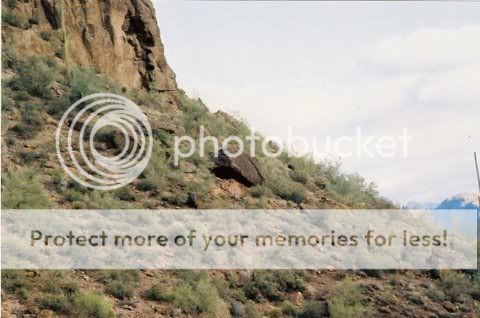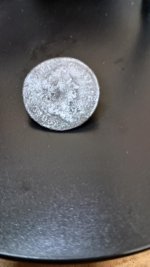lamar
Bronze Member
- Aug 30, 2004
- 1,341
- 46
Springfield said:lamar said:... My friend, I hate to be the bearer of bad tidings, but if you were baptized and confirmed as a Roman Catholic, then you are STILL a Roman Catholic. You may renounce the Roman Catholic church and all of Her teachings, you may embrace another religion, you may be a bad Catholic, and you may even be an excommunicated Catholic, but a Roman Catholic you are and a Roman Catholic you shall remain, now and forever. And always remember, my friend, "Extra Ecclesiam, nulla salas".
Your friend;
LAMAR
Oh, the exquisite irony listening to a disguised pagan separating himself from the pagans! Life is good - enjoy it everyone.
Dear Springfield;
And once again, we have yet another example of anti-Catholic prejudic! Do you REALLY believe that the Roman Catholic Church is based on pagan rituals, my friend? If so, then unfortunately you truly have no idea about the history of the Roman Catholic Church. That the Roman Catholic Church was based on pagan rituals and beliefs in order to easily convert the pagans to Catholicism is nothing more than lie which originated at around the same time of the rise of the Reformists (ie, Protestants). It's completely untrue and it shows the ignor@nce and anti-Catholic bias which is still pre-dominant throughout the USA.
Your friend;
LAMAR









